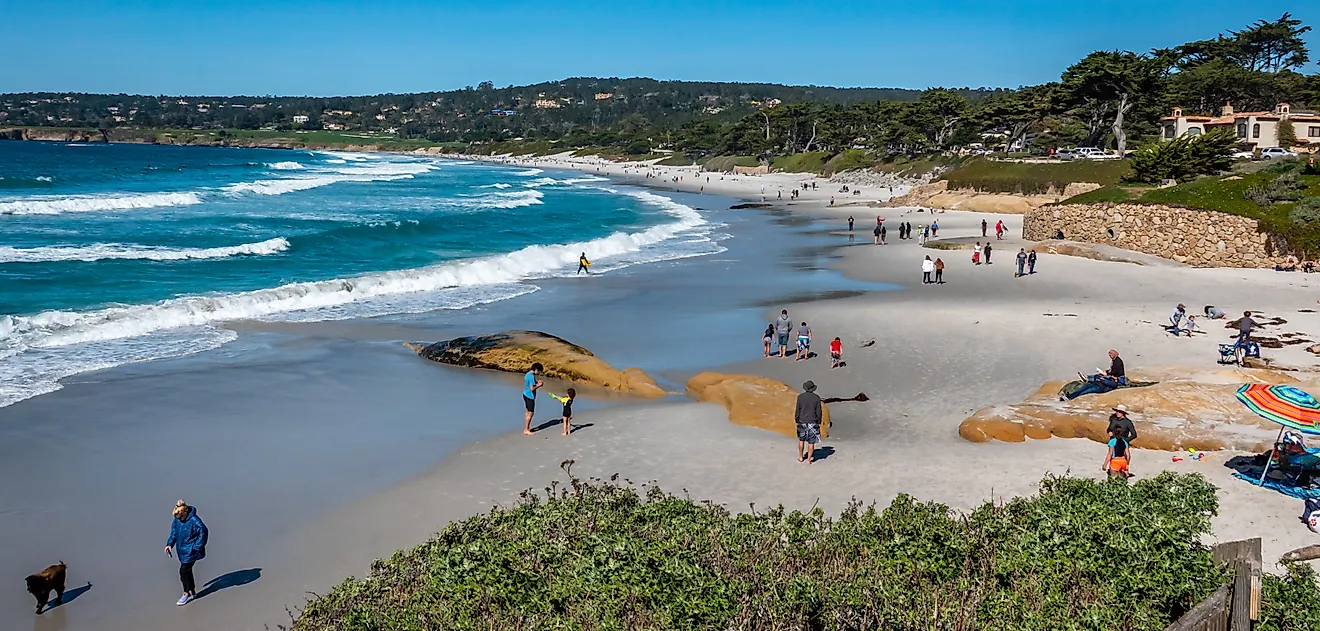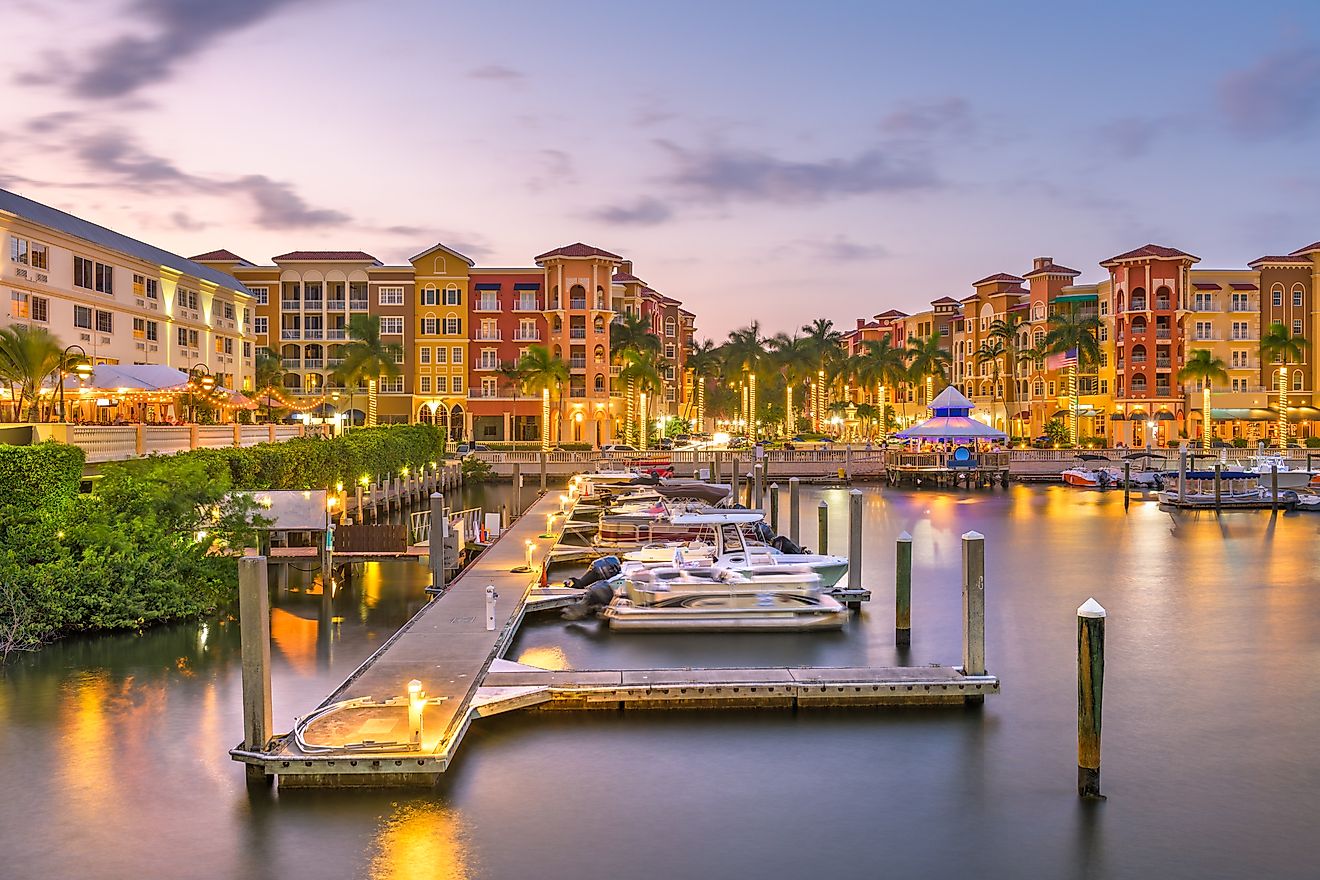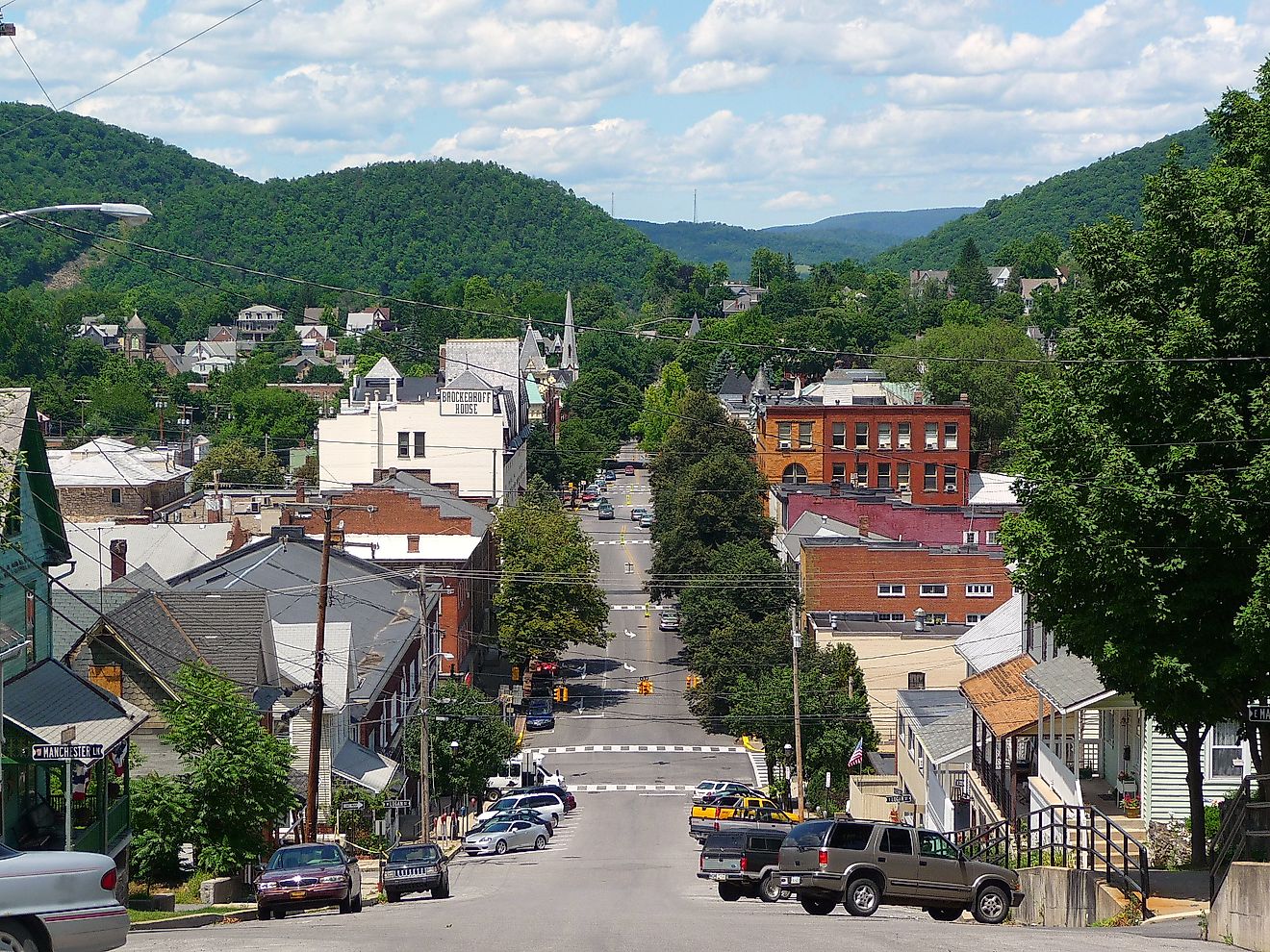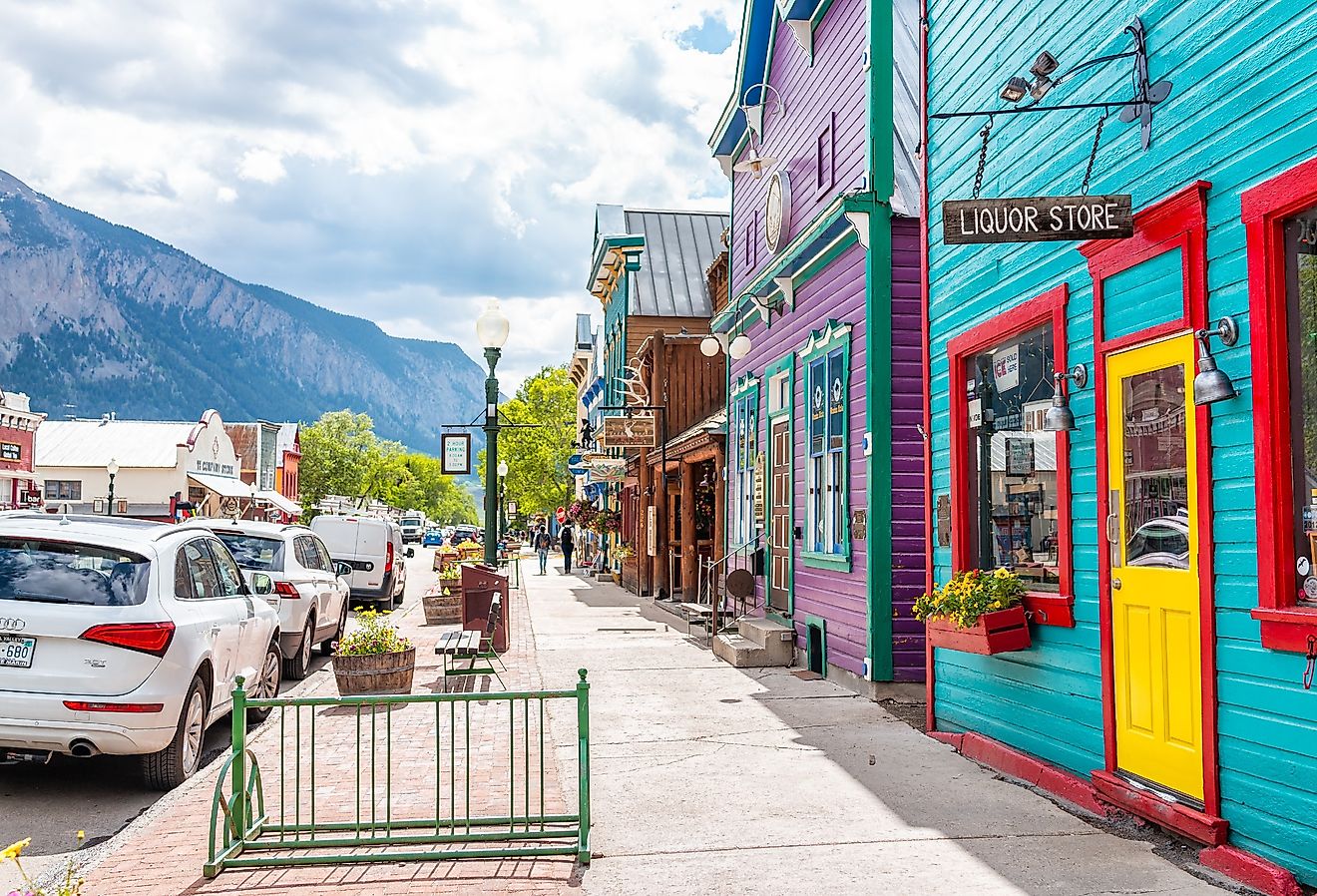
Nature Coast, Florida
The Nature Coast of Florida earned its name as it is a nature lover's paradise with a plethora of wildlife, state parks, and old Florida town charm. The coast is located in the Big Bend region, where the curve of Florida connects the panhandle to Florida's peninsula. It includes the Jefferson, Dixie, Citrus, Levy, Wakulla, Pasco, and Hernando Counties.

Popular Destinations Along Nature Coast
In addition to the pure springs that constantly stay 22 °C, the Nature Coast has lots of open space, including local, state, and national forests, rivers, and lakes, small and substantial freshwater lakes. Visitors can enjoy many activities like hiking, fishing from shore, and exploring the unique identities and attractions of the towns and cities along the coast.
The Nature Coast Aquatic Preserve

The Nature Coast Aquatic Preserve (NCAP) is Florida's 42nd aquatic preserve and the state's first new aquatic preserve in 32 years. It was designated in 2020 by Florida Legislature and encompassed over two thousand sq. km of coastal waters, including 1618 sq. km of shoreline along with Pasco, Hernando, and Citrus counties. The preserve is the second-aquatic preserve in Florida.
The Nature Coast Aquatic Preserve includes saltmarsh, mangrove islands, sponge beds, oyster reefs, and hardbottom limestone habitats. The NCAP protects over 1,600 sq. km of seagrass, supporting waterfronts industries like fisheries and ecotourism. Visitors can enjoy different recreational opportunities within NCAP, including boating, fishing, kayaking, and scalloping.
Crystal River
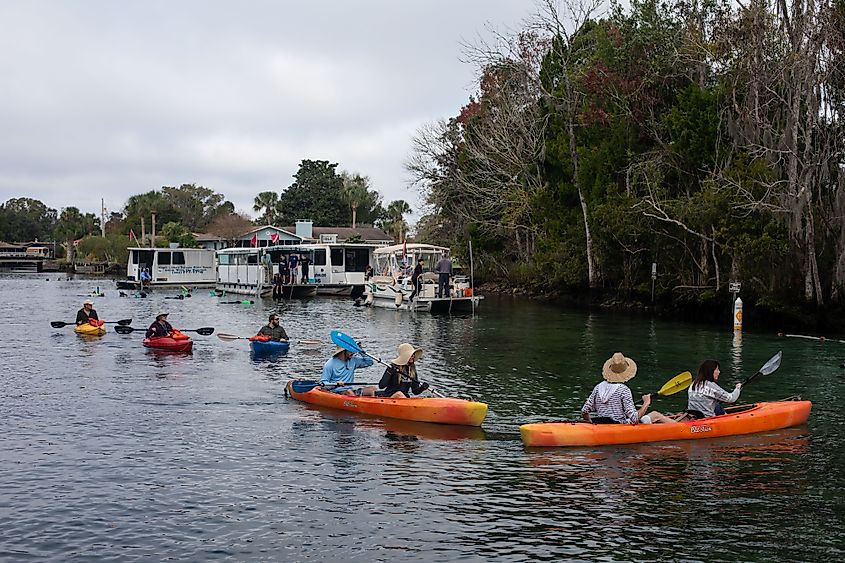
Crystal River is a charming coastal city in Citrus County located along Kings Bay at the heart of Florida's Nature Coast. The city is spring-fed and keeps a constant 22 °C temperature year-round. Visitors always visit the Crystal River National Wildlife Refuge and the Three Sisters Springs, where they get opportunities to view manatees throughout the year from various visitor boardwalks and overlooks. The city is also home to the Coastal Heritage Museum, listed on the National Register of Historic Places in 1998. The museum offers exhibits related to the early history of Citrus County and Florida's Nature Coast. It includes a reconstructed jail holding cell and the façade of a former fish house used in the area.
Homosassa Springs

Homosassa Springs is an unincorporated community in Citrus County with a population estimated around 13,000 people. The town was built around and named after its most impressive natural wonders. The Homosassa main spring is the largest in the Homosassa Springs Group, encompassing almost thirty springs. The group discharges more than 295 million liters of water daily, qualifying the group as one of the largest springs in Florida. The spring is best-known for its historical value as a warm water haven for wintering West Indian manatees and is filled with a variety of saltwater and freshwater fish species.
History Of Nature Coast
Evidence including fossilized human bones of the Pleistocene era found in Nature Coast shows that the indigenous people of Florida have lived in the region for around 12,000 years B.C.
Indians from the Paleo-era used the Crystal Archaeological State Park for their ceremonial burials. The park has a large mound containing some remains and some unique steels.
The first white settlers to come to the region included Ponce de Leon, who brought horses and cattle to the area. Fences were not used to hold livestock until the 1950s as Florida was an open range state.
The name "Nature Coast" was used in 1991 as part of a marketing campaign to attract tourists and vacationers to the region, also formally known as the "Big Bend" of Florida. In the 1990s, the tourism leaders of Nature Coast's counties banded together to market themselves as a region. Several meetings took place at various locations, and each member contributed to the branding campaign, which was indeed a bootstrap effort.
Lawton Chiles, the governor at the time, was known as the "Walkin' Lawton" as he embarked on a 1003-mile, 91-day walk across Florida from Pensacola to Key West in 1970. The nickname he earned from the walk followed him throughout his political career.
Wildlife Of Nature Coast

The region is full of springs that push thousands of gallons of freshwater through the region's Karst geography, creating rivers, lakes, and "holes' of clear, clean water that stays at a constant 22 °C. The springs have been a stable source of drinking water that is vital for the people, who resided in the region for millennia, as well as the fauna, including fish and manatees.
Economy Of Nature Coast
Throughout time, Nature Coast has had an abundance of natural resources. The cedar forests in Nature Coast were decimated in early 1900 for shipment to the north. Entire towns were built around sawmills, very few of which still exist today.
Phosphate was a massive industry around the same time through the coast. Albertus Vogt discovered high-grade rock phosphate near Dunnellon in 1889, triggering a land boom as 215 phosphate companies were started locally within the following five years. Today there is a phosphate trail that highlights this history.
